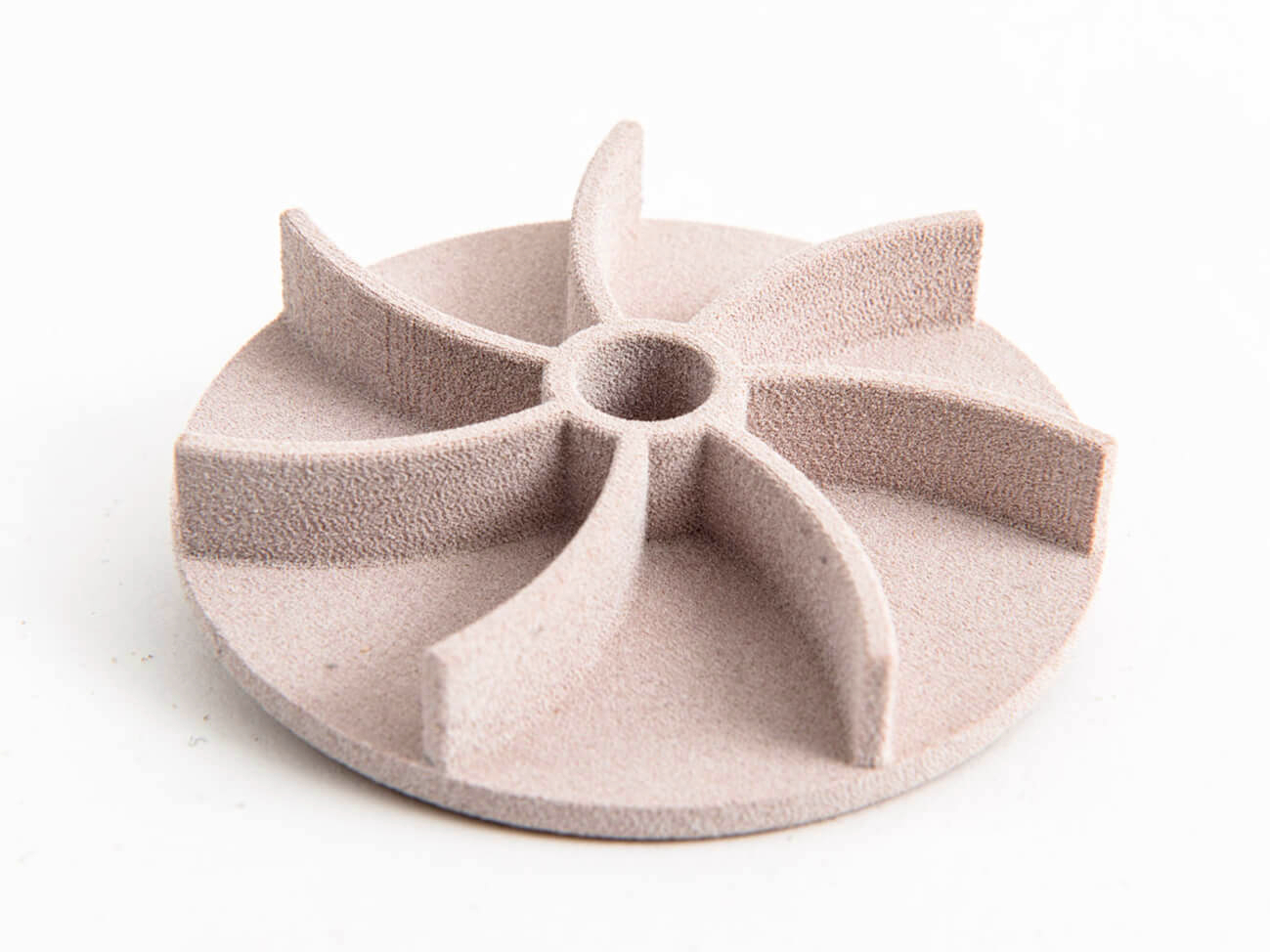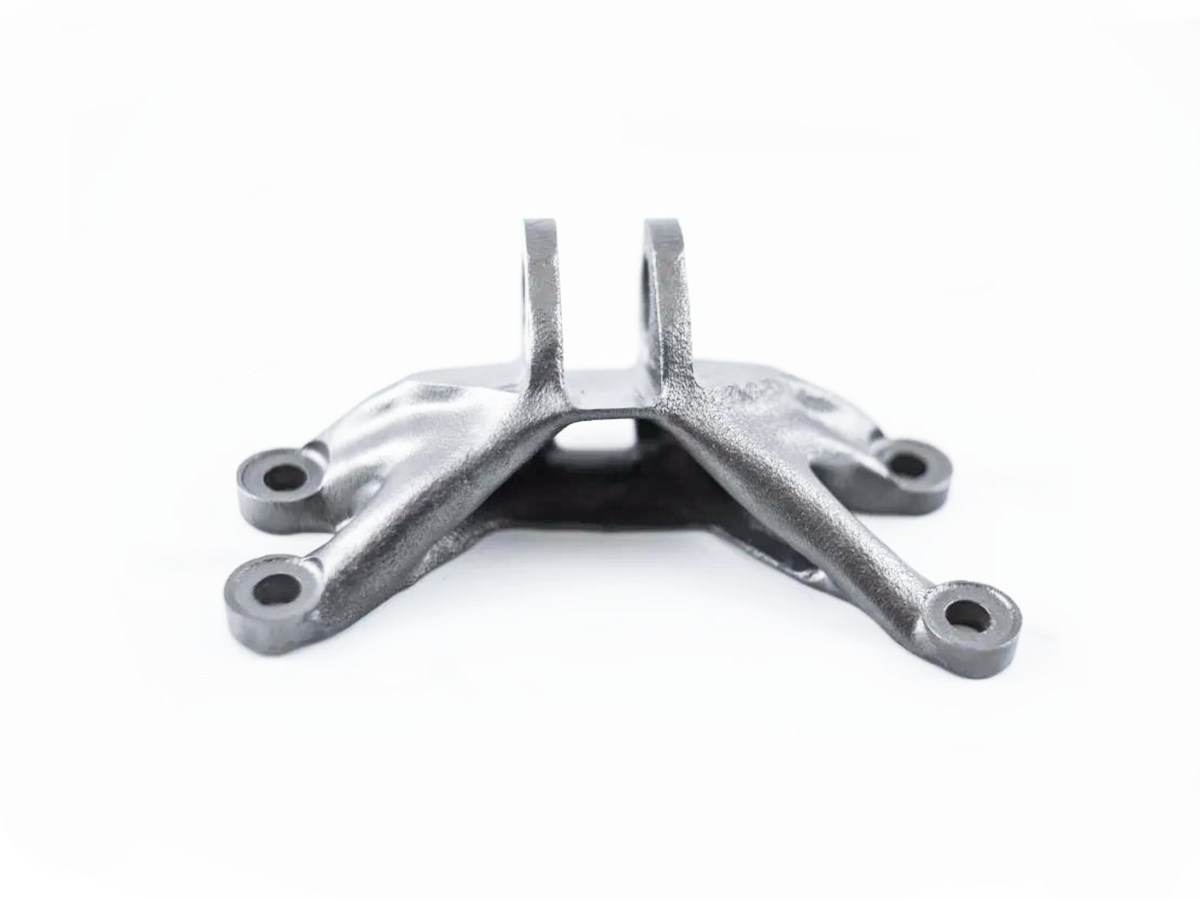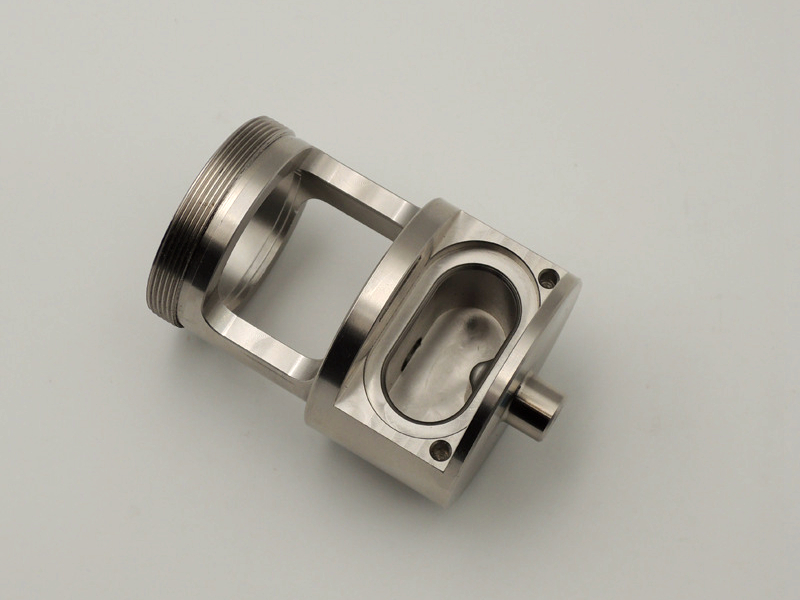Is silicon carbide ceramic 3D printing mature, and what challenges remain?
From an engineering standpoint, silicon carbide (SiC) ceramic 3D printing is emerging rather than fully mature. It is already feasible to produce small, complex SiC components using additive processes; however, for mission-critical applications, we still rely heavily on precision post-processing, such as ceramic CNC machining and CNC grinding, to achieve the required tolerances and surface integrity. Compared to more established materials like zirconia and alumina, SiC printing technology is less standardized, with narrower process windows.
Current state of silicon carbide 3D printing
Most industrial SiC 3D printing today is based on indirect routes, such as printing a polymer or resin part via SLA 3D printing or DLP 3D printing and then infiltrating or converting it into a SiC-based ceramic. There is also research and limited commercial use of powder-bed approaches similar to SLS 3D printing, but achieving full density with SiC is more challenging than with polymer or metal powders.
For custom parts, a typical workflow involves using additive manufacturing as a near-net-shape method, followed by finishing critical dimensions through machining of silicon carbide components using dedicated diamond tooling. This hybrid approach combines geometric freedom from 3D printing with the precision and consistency of conventional CNC machining services.
Key technical challenges
The main technical hurdles fall into four categories: density, microstructure, distortion, and surface quality. SiC has a very high melting/sublimation temperature and low self-diffusion, so full densification is difficult in direct processes. Many SiC printed parts rely on binders or secondary phases, which can reduce thermal conductivity and strength compared to conventionally sintered or hot-pressed SiC.
Microcracking and residual stress are also concerns. Thermal gradients during printing and sintering, combined with SiC’s high stiffness, can lead to internal defects that are not visible but seriously affect fatigue life. For this reason, high-value parts still require destructive and non-destructive testing before being released to service in sectors like aerospace and aviation or power generation.
Dimensional control is another challenge. SiC-based additive routes usually involve significant shrinkage during debinding and sintering. While CAD scaling can compensate in theory, the real behavior depends on geometry, wall thickness, and support strategy. In practice, we often treat printed SiC parts as oversize blanks and then use CNC machining prototyping to bring critical features into tolerance.
Manufacturing and economic limitations
On the manufacturing side, SiC slurries and powders are abrasive and chemically aggressive, which increases wear on machine components and filtration systems. Build rates are relatively low, especially for high-resolution 3D printing services, and scrap rates can be higher than with metals or plastics. This translates into a higher cost per part, meaning SiC 3D printing is currently justified mainly for complex, high-value components where conventional forming or machining from solid is impractical.
Post-processing adds further cost and complexity. Grinding and polishing SiC demand rigid setups, diamond tooling, and careful cooling to avoid thermal shock. However, this is also where a mature CNC capability can de-risk the additive route: by designing the part so that functional interfaces and sealing surfaces are machined after printing, we can preserve the benefits of freeform internal geometries while meeting tight tolerance and surface roughness targets.
In summary, silicon carbide ceramic 3D printing is technically viable but not yet a drop-in, mature alternative to traditional SiC manufacturing. For now, the most robust strategy is to treat additive as an advanced performing method, combined with established SiC CNC machining and grinding to deliver reliable custom parts.



